What protective functions do cooling fans have?
01/25/2024Cooling fan plays an integral role in modern electronic equipment and are vital for temperature control, performance improvement and longevity. To ensure the stability and safety of a cooling fan, it must be equipped with a variety of protective features. These features typically include overload protection, overheat protection, current protection, voltage protection, start-up delay protection and dustproof design.
In terms of overload protection, cooling fans are usually equipped with appropriate features to prevent damage to the motor due to overload. When the fan exceeds the rated load capacity, it will automatically shut down or slow down, thus avoiding motor overload and protecting the long-term reliability of the fan.
Also, the cooling fan may have an overheat protection feature that detects the temperature of the fan or related components. When the temperature exceeds a set safety threshold, the fan will automatically reduce its speed or stop running, preventing damage or fire due to overheating or other potential hazards.
In addition, the current protection and voltage protection devices monitor changes in current and voltage. As soon as they increase abnormally, the power supply is automatically cut off to avoid circuit failure or motor damage.
The fan is equipped with a current and voltage protection device that can be used to monitor changes in current and voltage. When the current and voltage increase abnormally or go out of the normal range, the protection device will take measures, such as cutting off the power supply, to avoid circuit failure and protect the fan and other electronic components from damage.
In addition, these protective features are designed to ensure that the fan operates safely and provides efficient cooling. When selecting a cooling fan, understanding its protective features will help meet your needs and provide a reliable cooling solution.
Fans may have a start-up delay time when they are turned on to prevent damage from frequent switching or accidental start-up. Additionally, many cooling fans are designed to be dust-proof to keep them functioning properly and to extend their life, preventing dust, dirt, and other contaminants from entering the fan's interior to prevent clogging or damage to the motor and impellers.





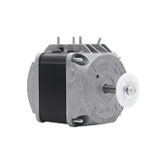
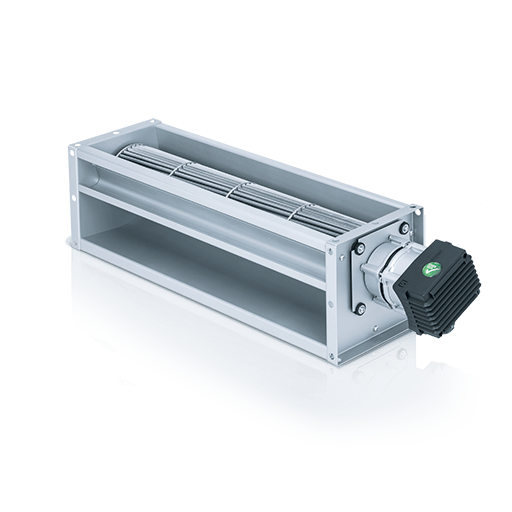
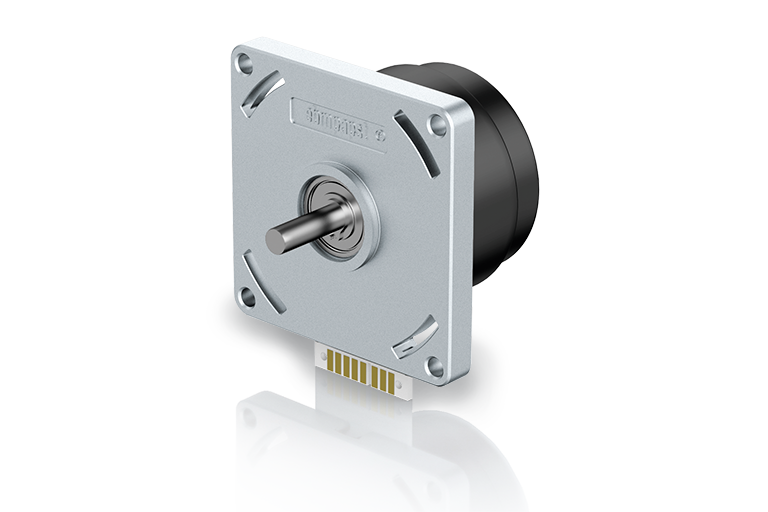



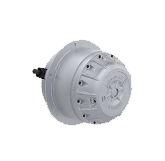
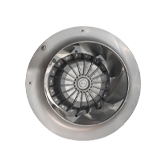
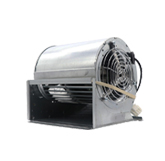
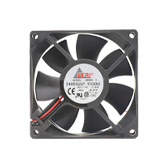
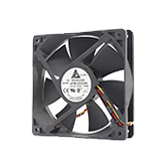

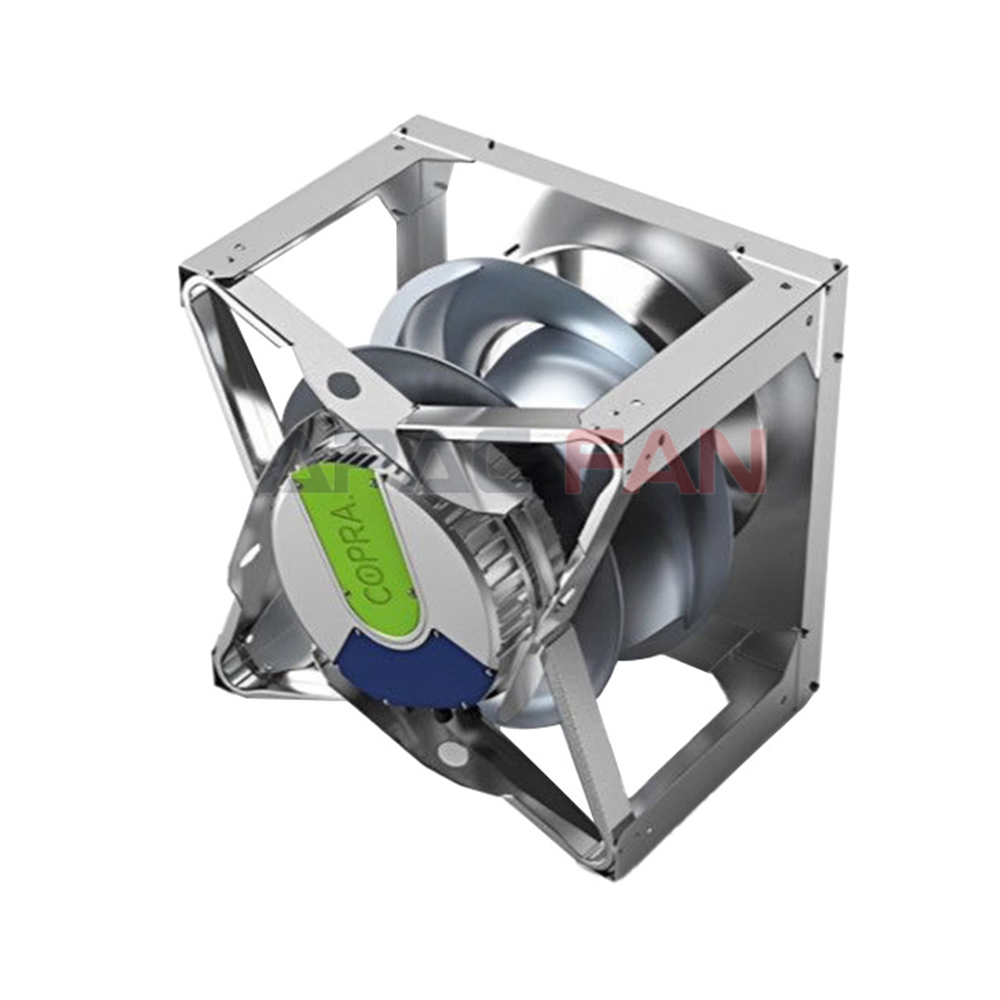


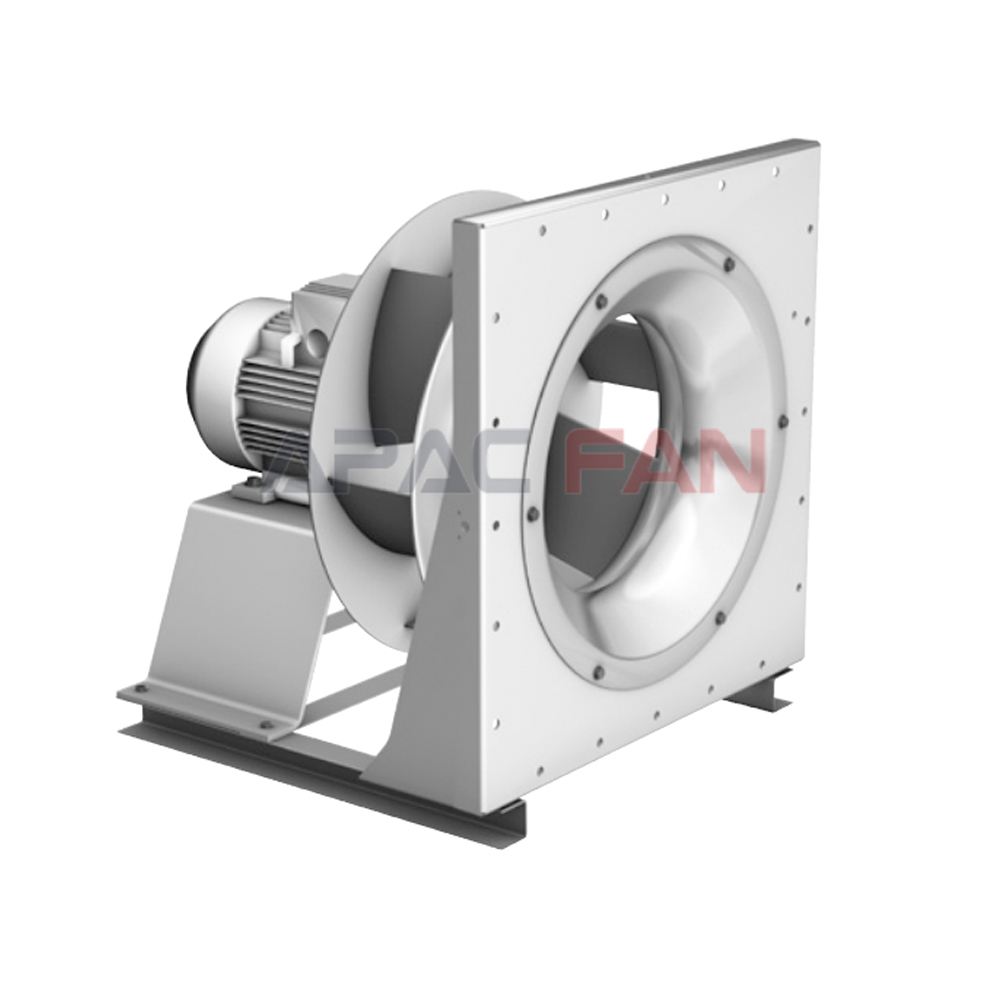
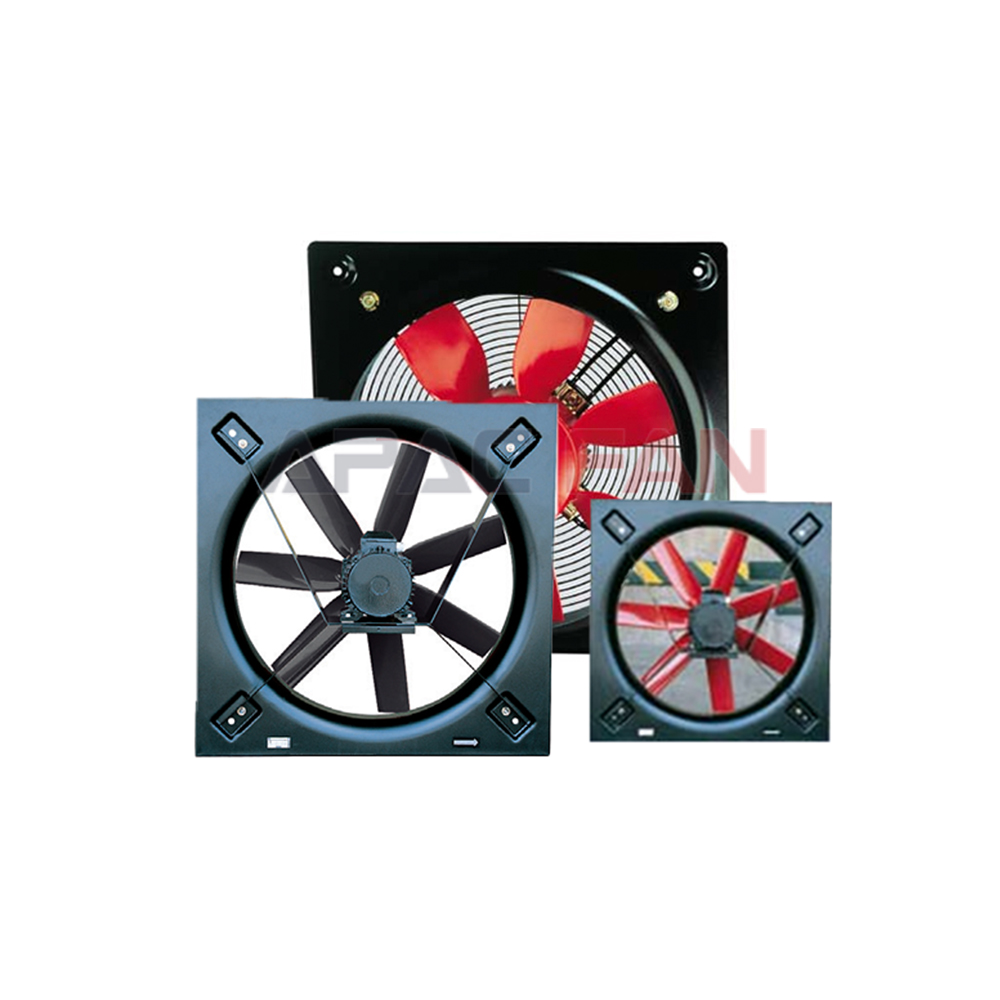














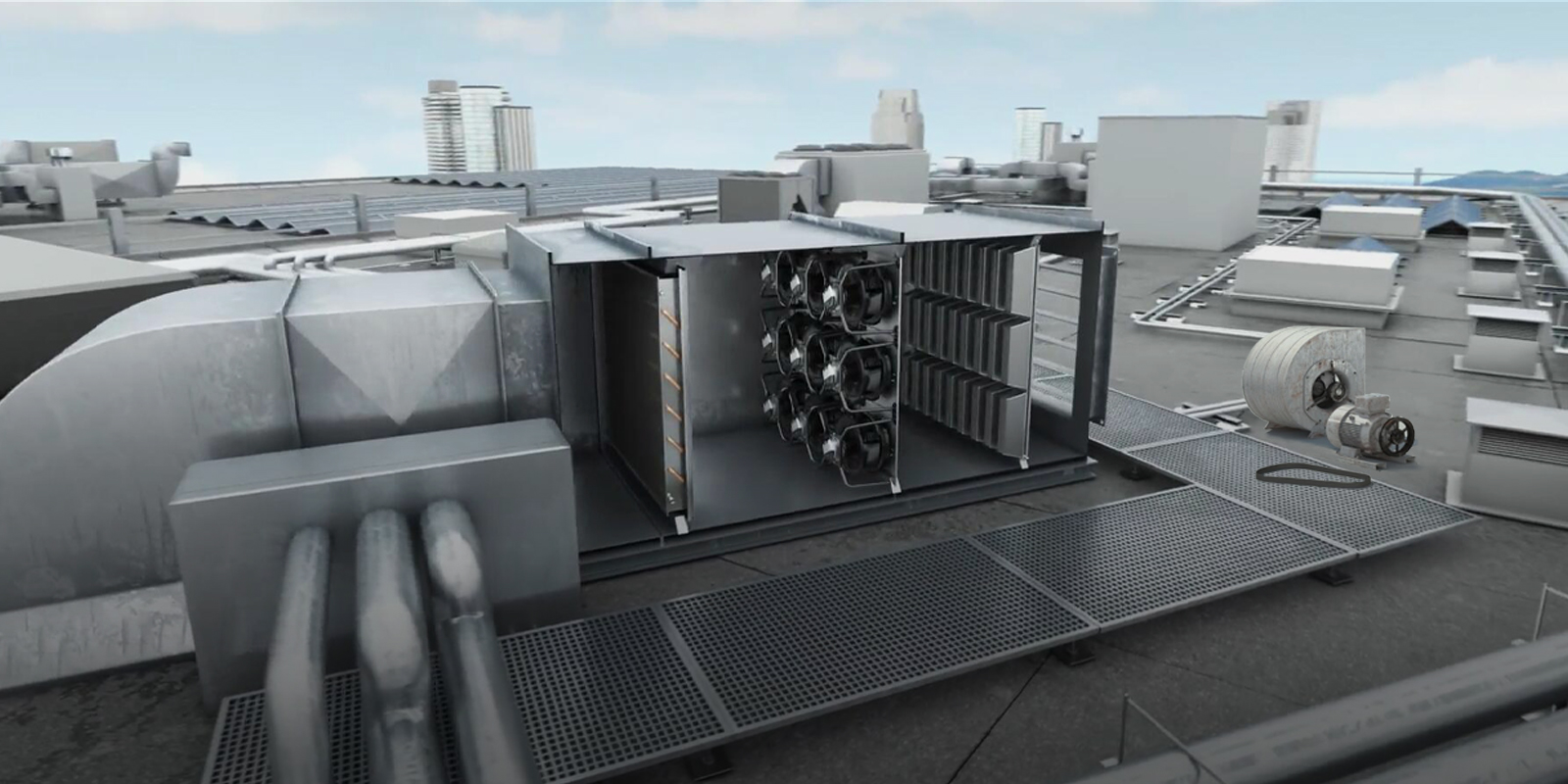
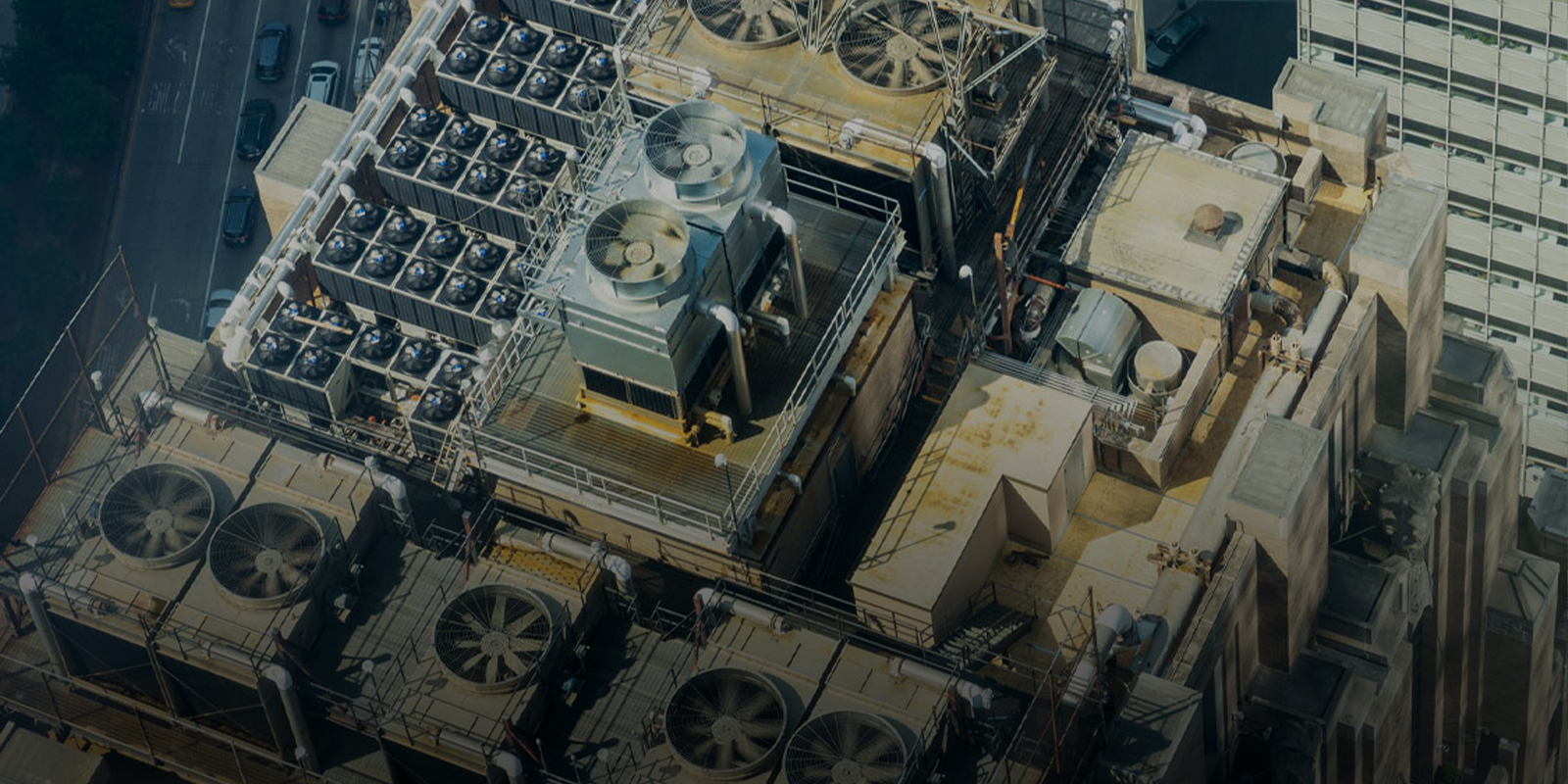
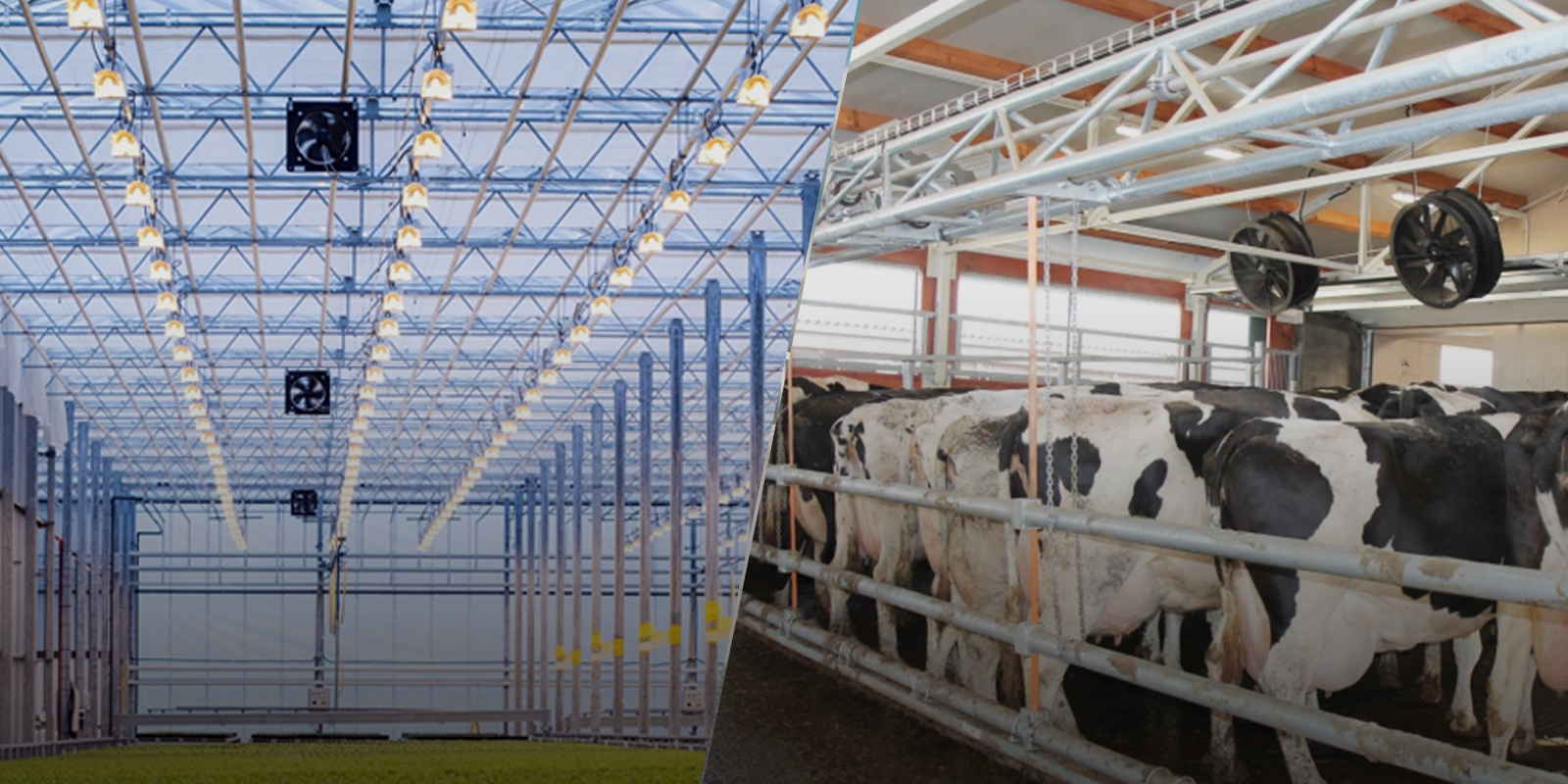

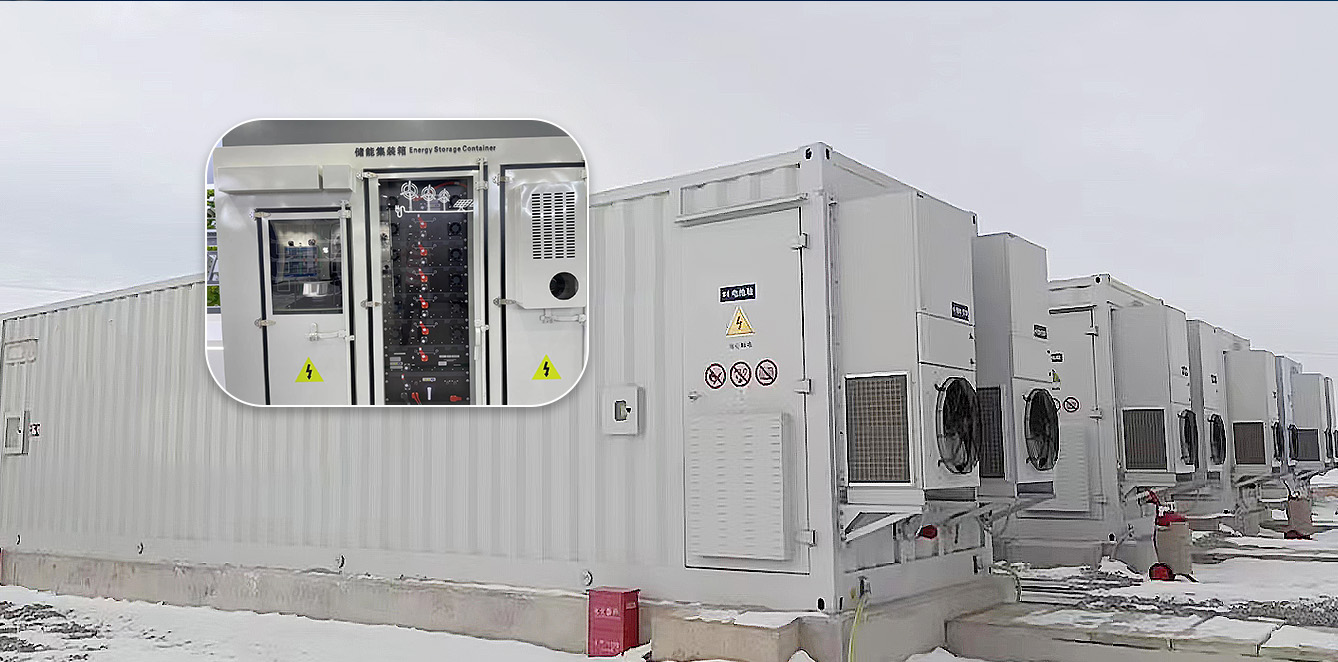
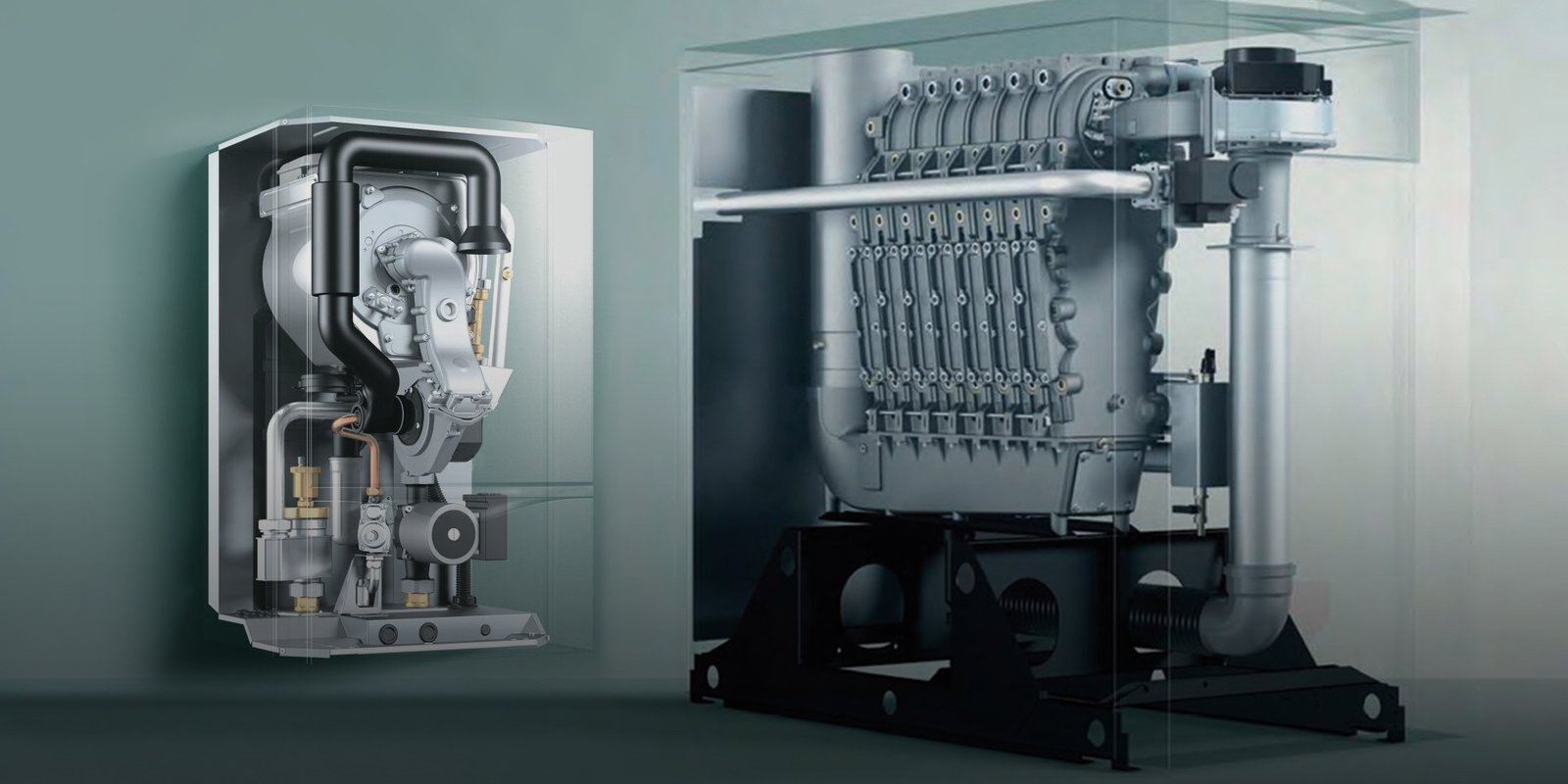



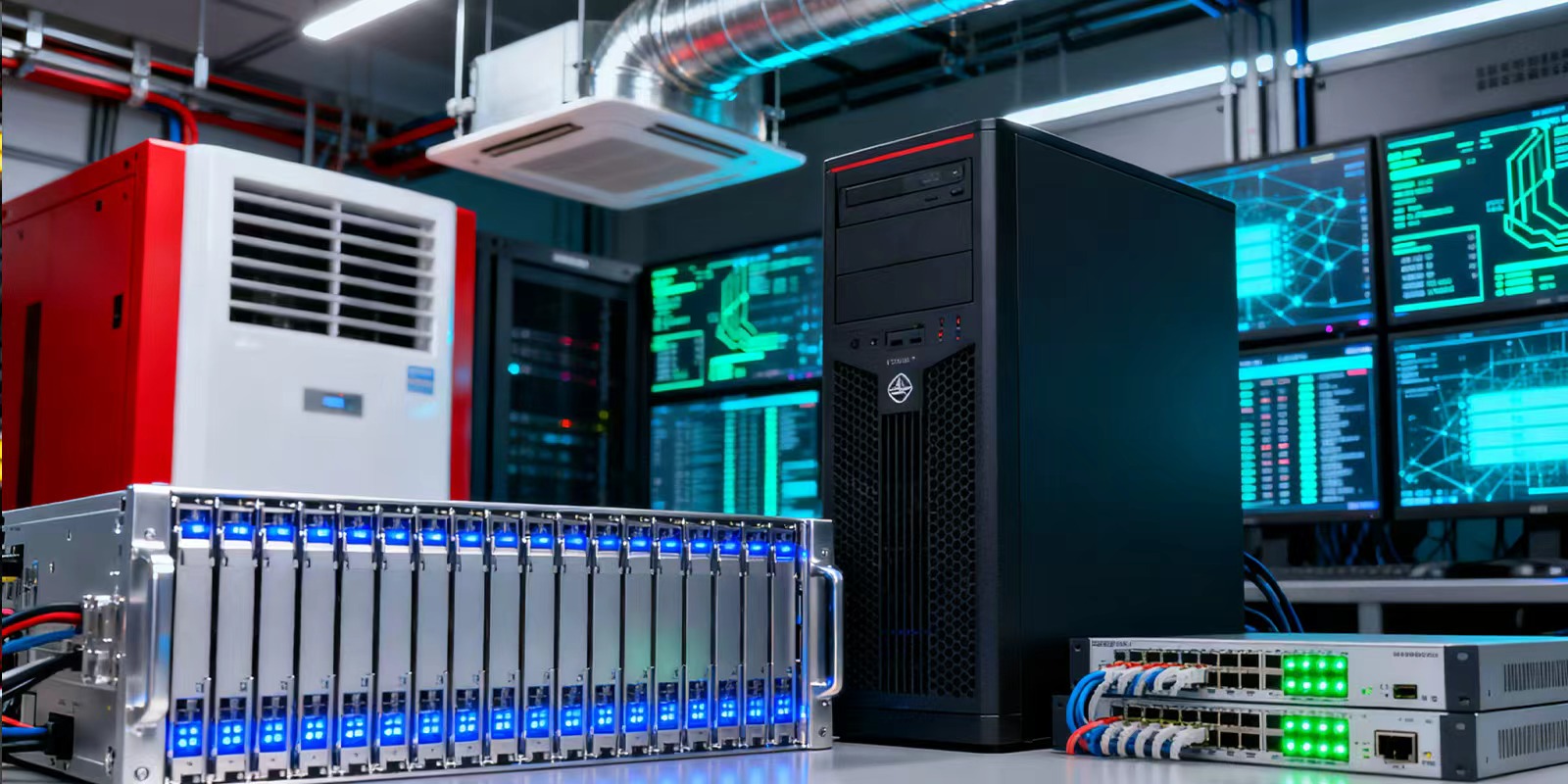
 English
English Français
Français Deutsch
Deutsch Português
Português Español
Español русский
русский  한국어
한국어 العربية
العربية Italiano
Italiano Indonesia
Indonesia Schweiz
Schweiz Polski
Polski Nederlands
Nederlands ישראל - עברית
ישראל - עברית Perzisch
Perzisch ไทย
ไทย 日本語
日本語 ኢትዮ-አማርኛ
ኢትዮ-አማርኛ Việt Nam
Việt Nam Kiswahili
Kiswahili Srpski
Srpski Ελληνικά
Ελληνικά 繁體中文
繁體中文
